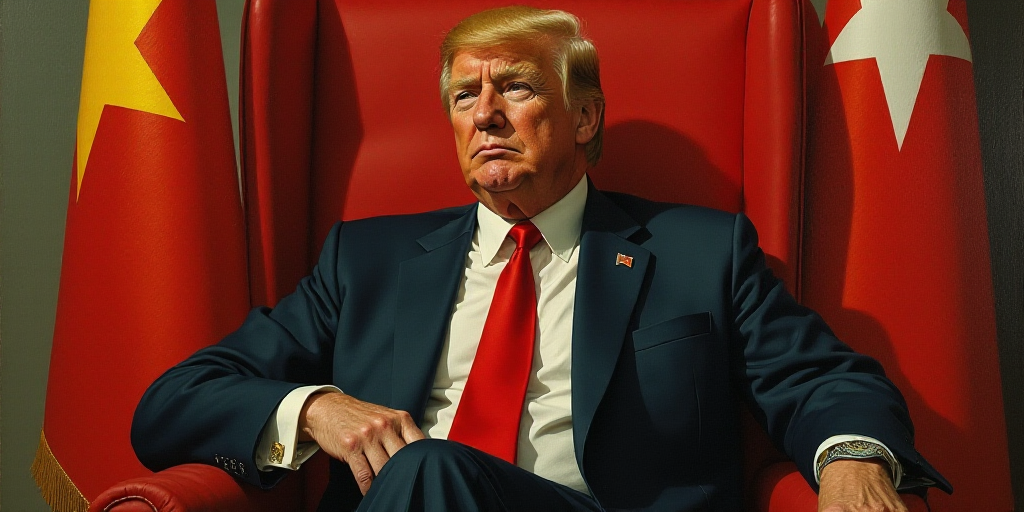Introduction
In medieval times, daring to tell the king uncomfortable truths often made one the court jester. Today, in President Donald Trump’s aspiring monarchy, that role falls to the bond market.
The Trump Tax and Spending Plan
As Trump’s grandiose tax and spending plan advances through Congress, it’s clear that it won’t curb the 6.4% of GDP fiscal deficit projected for 2024 under former President Joe Biden’s administration. Instead, Trump’s budget is likely to result in a total deficit of 7% of GDP or higher throughout his term, assuming no major disruptions like pandemics, financial crises, or wars.
Rising Interest Payments
Historically, international investors have shown an insatiable appetite for U.S. Treasury bonds, considered the ultimate safe haven. However, with federal government debt at 122% of GDP—and much of it needing refinancing in the coming months—this appetite may not last long.
The yield on 30-year U.S. bonds is around 5%, and the 10-year bond yield is near 4.5%. These are roughly two percentage points higher than a decade ago. Consequently, interest payments on existing debt are rising and have already surpassed defense spending.
Ignoring Economic Realities
Those who believed indefinitely low interest rates would have no consequences for long-term growth ignored basic economic facts. A normalization of interest rates was inevitable, and betting the nation’s economic future on permanently low rates was a mistake.
Trump’s Political Realism
Despite being pragmatic economically during his first term, Trump understands that the U.S. public isn’t ready to accept anything resembling “austerity,” a term progressives use whenever someone suggests tension between immediate stimulus benefits and long-term costs.
Unfounded Claims of Growth
Trump and his allies argue that the “great and beautiful” law will boost economic growth and generate enough tax revenue to offset broad tax cuts. However, these claims lack historical support.
The Unsustainable Debt
While both Democrats and Republicans have contributed to the rise in U.S. debt over the past two decades, most of it stems from tax cuts. The notion that tax cuts pay for themselves has been discredited, as seen during the Reagan era when tax cuts led to increased deficits instead of sustained growth.
Potential Consequences
Will Trump’s growing debt cause a full-blown crisis? It’s possible, but more likely is a continuous rise in long-term interest rates. Trump won’t solve this by pressuring the Federal Reserve to lower short-term rates, as the Fed has little room to cut without fueling inflation.
Factors Driving Interest Rates
Rising interest rates result from global debt growth, geopolitical instability, military spending expansion, multilateral trade fragmentation, energy demands from AI, and populist fiscal policies. While factors like inequality and demographics may exert downward pressure on rates, they’re unlikely to offset these structural and political factors soon.
Trump’s Attempt to Close the U.S. Economy
Typically, a persistent trade deficit is offset by foreign capital inflows. If these inflows decrease, interest rates will rise further.
Key Questions and Answers
- Q: Will Trump’s tax and spending plan lead to a crisis? A: While a full-blown crisis is possible, rising long-term interest rates are more likely.
- Q: How will the bond market react to Trump’s policies? A: The bond market is signaling alarm, suggesting that Trump’s debt will eventually harm the U.S. economy and dollar.
- Q: What are the factors driving rising interest rates? A: Global debt growth, geopolitical instability, military spending expansion, trade fragmentation, AI energy demands, and populist fiscal policies are contributing to rising rates.
Note: This content is a translation and expansion of the original text, adhering to the specified formatting and word count requirements.






